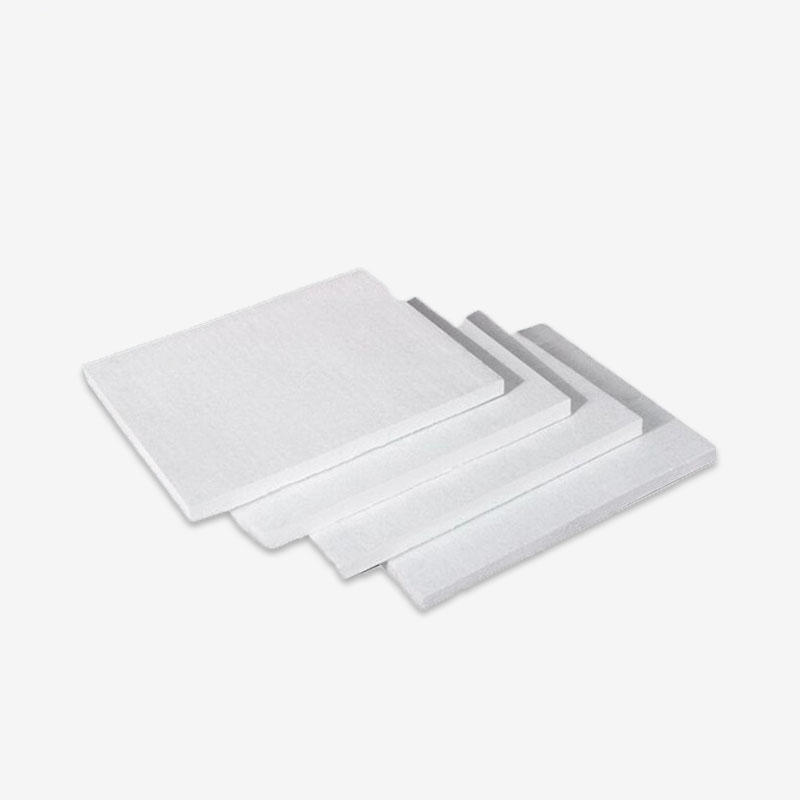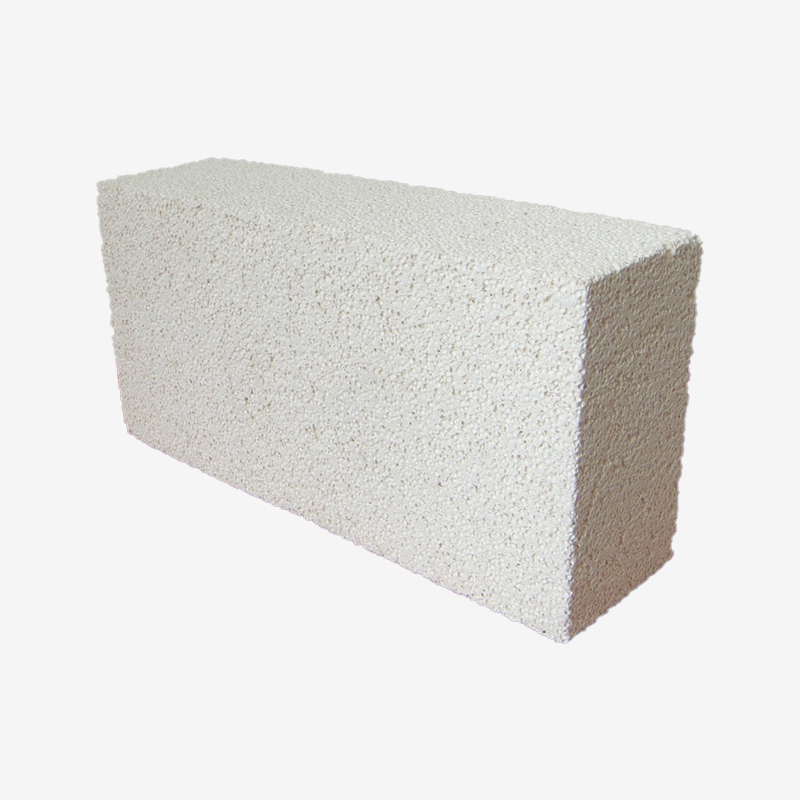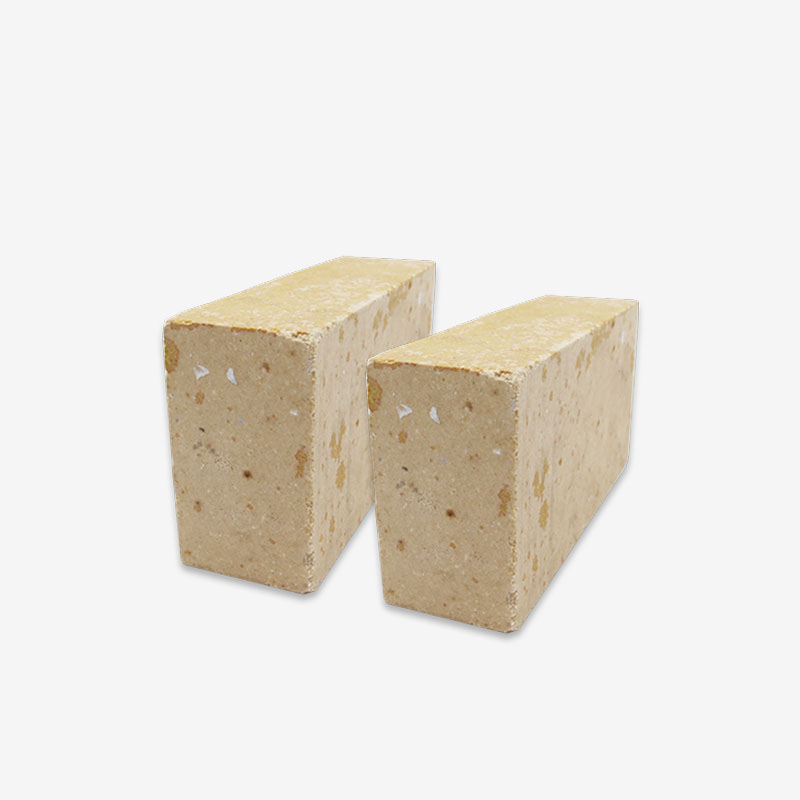China 8 Year Exporter Magnesite Refractory Bricks - China Glass Furnace Silica Brick from Real Factory – Rongsheng factory and manufacturers | Rongsheng Detail:
Silicate carbon brick belongs to neutral refractory, which withstands erosion of acid and alkali slags, solvents, and other chemical corrosion. Silicon carbide has characters of high strength, good anti-oxidation resistance, and no transformation at high temperature. In all raw materials of the non-oxide refractory bricks, slilica carbon brick is the most economical and most widely used in some place. which can be used in different industries, such as the stone industry, glass industry, metal industry, printing industry, and light industry. Besides, Silica carbon brick for sale has much excellent performance on resisting very bad environment erosion, such as high heat conductivity, good abrasive resistance, great thermal shock resistance, strong resistant to acid and alkali slag erosion and low heat expansion coefficient and etc.
Properties of Silica Carbide Brick
- High strength,
- High heat conductivity,
- Good abrasive resistance,
- Great thermal shock resistance,
- Excellent erosion resisting,
- Strong resistant to acid and alkali slag erosion,
- .Low heat expansion coefficient.
Composition of Silica Carbide Brick
Silicate carbide block raw materials are silicon carbide, about 72%-99%. Silicon carbide is also called the moissanite, corundum sand or refractory sand. which is made by quartz sand, petroleum coke or coal tar, and wood bits, being produced by high temperature smelting in the electric resistance furnace.
Silica Carbide Brick Manufacturing Process
Silicon carbide brick are produced from silicon carbide, a raw material synthesized in a resistance-type electric furnace at temperature exceeding 2500°C, through the reaction of silica with carbon. Silcate carbon bricks have a thermal conductivity ten times that of fireclay refractories, good corrosion and thermal shock resistance, and can be formed into complex shapes. Silica cabon brick can withstand slag attack and flame erosion.
Silica Carbide Brick Classification
Silicon carbide refractory brick can be classified into clay bonded silicon carbide bricks, Si3N4 bonded silicon carbide bricks, Sialon bonded silicon carbide bricks, β-SiC bonded silicon carbide bricks, Si2ON2 bonded silicon carbide bricks and recrystal silicon carbide bricks.
Rongsheng Refractory Silica Carbide Brick Specifications
| Silicon Carbide Brick | |||||
| Items | Unit | SiO2 Bonded Silicon Carbide Bricks | Azoxty-cornpounds Bonded Silicon Carbide Bricks | Mullite Bonded Silicon Carbide Bricks | |
| Al2O3 | % | ~ | ~ | ≥10 | |
| SiO2 | % | ≤8 | ~ | ~ | |
| Fe2O3 | % | ≤1 | ≤0.6 | ≤1 | |
| Sic | % | ≥90 | ≥80 | ≥85 | |
| Apparent Porosity | % | ≤18 | ≤18 | ≤18 | |
| Bulk Density | g/cm3 | ≥2.56 | ≥2.60 | ≥2.56 | |
| Cold Crushing Strength | Mpa | ≥80 | ≥100 | ≥70 | |
| Refractoriness under Load | ℃ | ≥1600 | ≥1620 | ≥1550 | |
| Thermal Shock Stability (Time/850) | ℃ | ≥40 | ≥40 | ≥35 | |
| Thermal Conductivity | w/m*k | ≥8 | ~ | ~ | |
| Normal Temperature Bending Strength | Mpa | ≥25 | ≥30 | ≥25 | |
| High Temperature Bending Strength1250℃*1h | Mpa | ≥20 | ≥25 | ≥20 | |
| Maximum Service Temperature | ℃ | 1400 | 1500 | 1400 | |
Application of Silica Carbide Brick
Silica carbide brick has high thermal conductivity, good wear resistance, thermal shock resistance and corrosion resistance. So silica carbon brickhas a wide range of application as follows:
- Ceramic kiln,
- Lining of zincretort,
- Lining of aluminium cell,
- Molten aluminium tubular conductor,
- Large and medium blast furnace,
- Furnace lining of Aluminium refining furnace.
Product detail pictures:
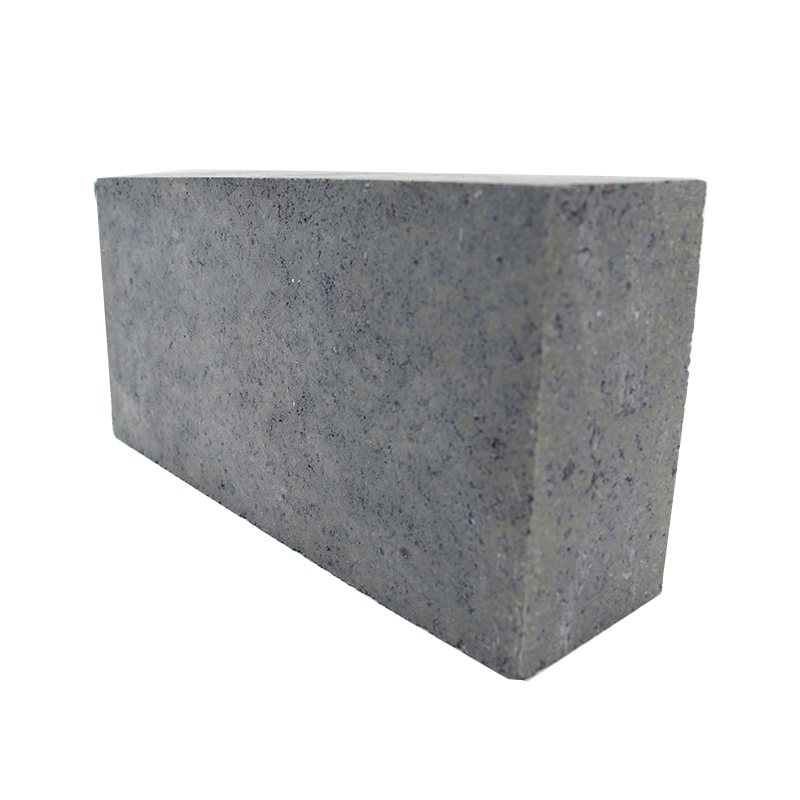
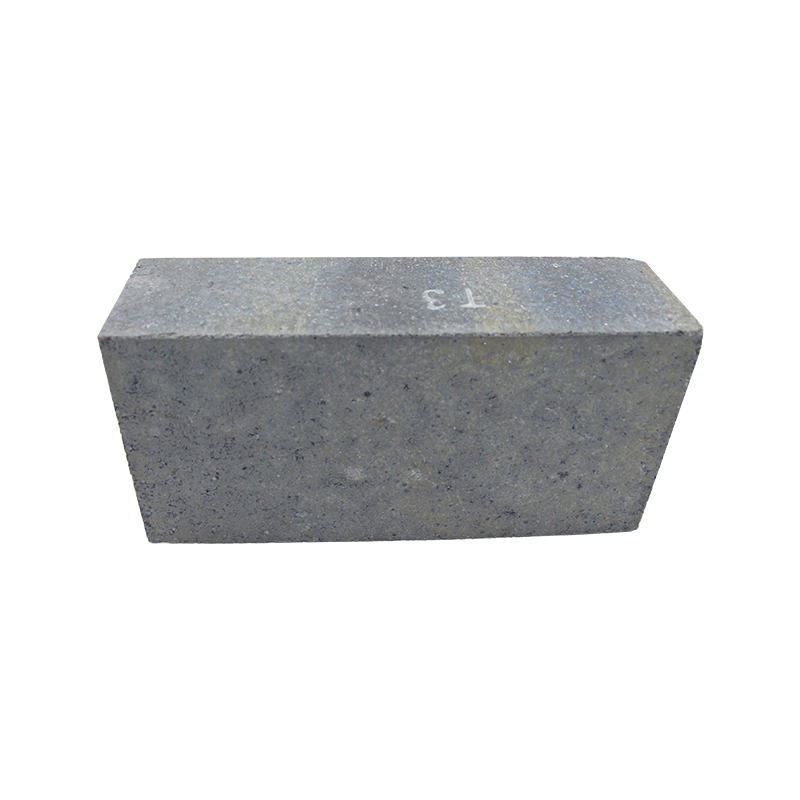
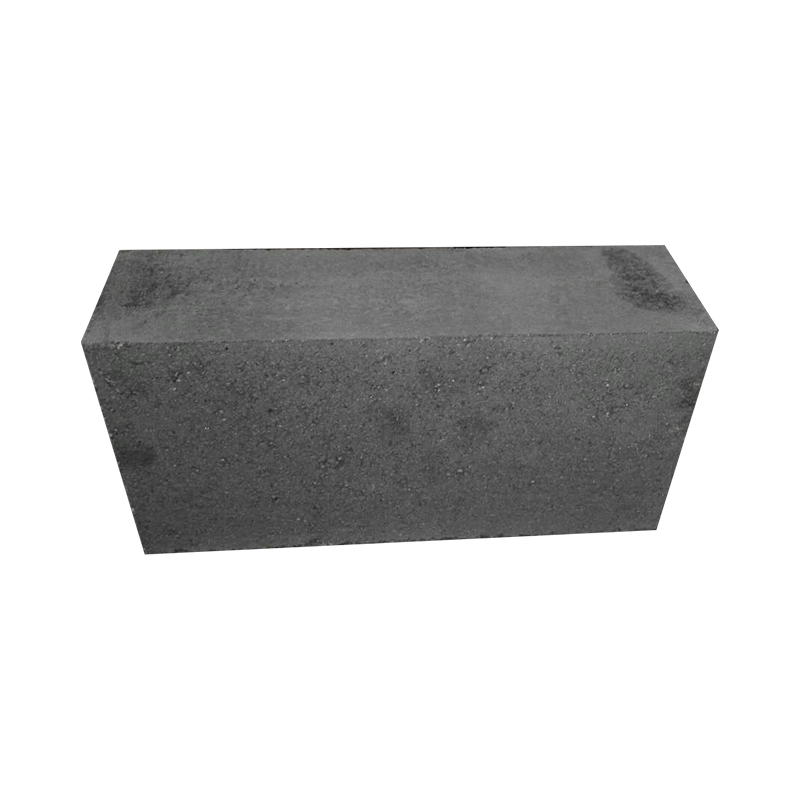
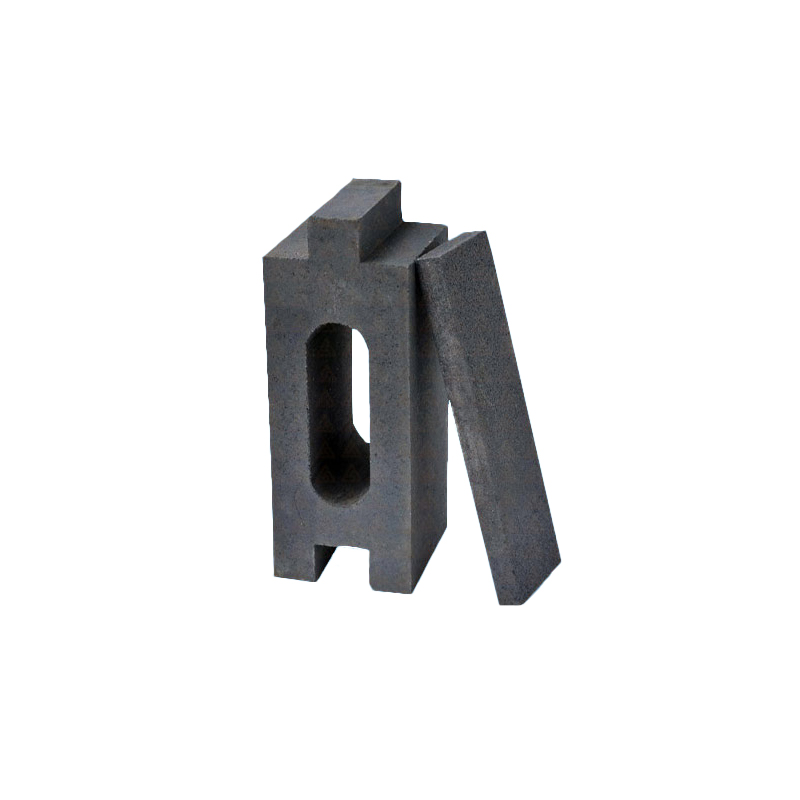
Related Product Guide:
The corporate upholds the philosophy of "Be No.1 in excellent, be rooted on credit rating and trustworthiness for growth", will keep on to serve outdated and new clients from home and abroad whole-heatedly for China 8 Year Exporter Magnesite Refractory Bricks - China Glass Furnace Silica Brick from Real Factory – Rongsheng factory and manufacturers | Rongsheng , The product will supply to all over the world, such as: Malaysia, Iran, Johor, All styles appear on our website are for customizing. We meet up to personal requirements with all products of your very own styles. Our concept is to help presenting the confidence of each buyers with the offering of our most sincere service, and the right product.
In general, we are satisfied with all aspects, cheap, high-quality, fast delivery and good procuct style, we will have follow-up cooperation!

